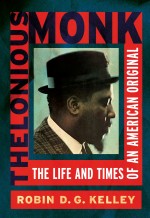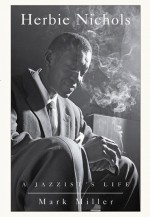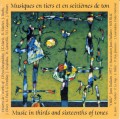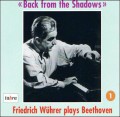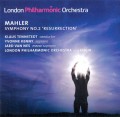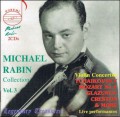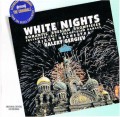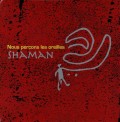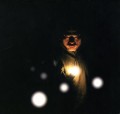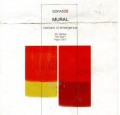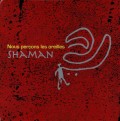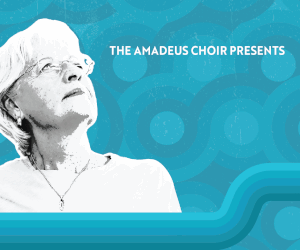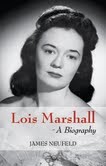 Excerpted from Lois Marshall: A Biography by James Neufeld.
Excerpted from Lois Marshall: A Biography by James Neufeld.
Copyright © James Neufeld, 2010
All rights reserved.
http://www.dundurn.com/books/lois_marshall
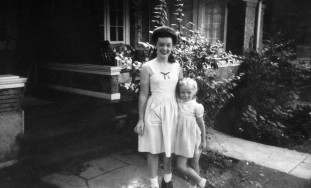 As an adult, Lois recognized that her childhood encounter with polio had had a fundamental influence on every aspect of her life, but she refused to dwell on it, be depressed by it, or feel sorry for herself. Like the little four-year-old with a new leg brace, she was much more interested in getting on with life, on her own terms.
As an adult, Lois recognized that her childhood encounter with polio had had a fundamental influence on every aspect of her life, but she refused to dwell on it, be depressed by it, or feel sorry for herself. Like the little four-year-old with a new leg brace, she was much more interested in getting on with life, on her own terms.
But polio hadn’t finished with Lois Marshall yet. Public health concerns and a vigorous program of research into the disease kept polio at the forefront of medical attention. Lois was monitored regularly, and offered opportunities for treatment as they emerged. After a few years, when the restrictions of the leg brace began to outweigh the limited mobility it offered, the Marshalls’ orthopaedic surgeon suggested that Lois might consider a complicated and risky surgery to her left leg that, if successful, would enable her to walk without a brace. After much consideration, Lois and her mother agreed to take the risk, and Lois found herself back again in the Hospital for Sick Children.
Hospital protocol in the late 1920s and early 1930s was severely efficient, and strikes modern sensibilities as needlessly inhumane. Only parents, no other family members, were allowed to visit children who were patients, and then only for one hour a week, on Sunday afternoon. As an exception for children undergoing surgery, one parent was allowed to be on hand when the child came out of anaesthetic. Otherwise, the children lived in an enclosed, ordered environment, run principally with an eye to adult medical efficiency rather than a child’s emotional needs. When the weekly visiting hour was over, the silence in the ward seemed bleak, and the next week’s visit, to a child’s imagination, immeasurably far away.
These spartan regulations only increased the stress of recovery from surgery. Lois endured much pain, and a succession of heavy casts on her left leg. When the last cast was finally removed, and Lois was ready to attempt walking once again, she saw that her left leg, instead of being straight, was now bent at the knee, in a position intended to provide support as she transferred her body weight from the right side to the left while walking. But the bent knee made the body’s balance extremely precarious, and the left leg had no muscular ability to adjust for any miscalculation in the transfer of weight. It was still a passive partner in the exercise, the point of the surgery being to place the left leg in a position that could more efficiently be exploited by the working right leg. Lois tried to take her first step but miscalculated her balance and fell, crashing down on her left knee. The pain was excruciating, and the fall actually seemed to force the knee further out of its strange alignment. Over and over again she tried, with the same devastating results. Despite her best efforts, Lois could not learn to walk after the surgery on which she had pinned such hopes. As far as she was concerned, it was an abject, painful, humiliating failure.
After this terrible setback, she recovered her spirits slowly, but with them she gradually formed new hopes of finding a solution that would avoid returning to the dreadful brace, which would only become more uncomfortable as her body grew. The surgeon now proposed a series of operations that would permanently fuse Lois’s left knee and ankle, thereby providing rigidity and stability to enable her to walk without an artificial brace. There would be five operations in total, spread over a period of about three years, many more casts on her leg, and at the end of it all, Lois would never be able to bend her knee again. The choice was hers.
And so was the decision — at least that’s how Lois, as an adult, remembered her eight-year-old self. Her father kept his own counsel, and her mother simply did not know how to advise her. (Finances seem not to have entered into the decision. It was common at the time for service clubs to pay for surgery like this one for disabled children whose families could not bear the cost, and perhaps they did so in Lois’s case. Certainly David Marshall’s salary was too small for him to shoulder that kind of expense himself.) Lois brought a child’s intuitive responses to bear on this impossible task. After days of uncertainty, she woke up one morning simply knowing that she would go ahead. She acted on her feelings, and took responsibility for her own actions. Three more years of hospital life stretched before her.
If she never got used to it, Lois nevertheless got to know the medical round only too well. Leaving the family house, where she became an infrequent visitor rather than a regular member, she would be admitted to the girls’ surgical unit at the Hospital for Sick Children. There she was prepped and underwent each of the surgeries in the series. After she came out of anaesthetic, greeted briefly by one or the other of her parents, she would be transferred to the Round Ward, which housed other children recovering from the critical stages of their surgeries. From there, she would be moved to the Long Ward, a much larger unit, for prolonged convalescence, which, for Lois, always involved adjustment to the most recent cast on her leg. Eventually, she would be sent home, on crutches if she was lucky, until her cast could be removed and her leg had healed enough to undergo the next round of surgery. Five times between the ages of eight and twelve Lois endured this cycle, her childhood’s best years lost to interminable medical procedures.
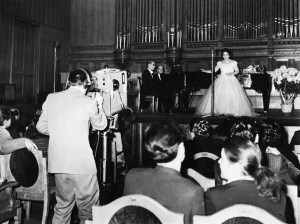 The intervals at home could be disorienting too, for Lois and for the rest of the family. On one of her earliest returns, Florence, sitting with Lois in the rocking chair in which she had nursed each of her children, faced some curious questioning. Rhoda demanded to know who that strange child in her mother’s lap might be. “Why she’s your sister!” Florence replied indignantly. The story became a funny anecdote in the family history, but it spoke less comically to the degree of disruption that polio could cause. Lois, who longed to return home after every operation, discovered that home felt strange and that she felt out of place in it, at least initially. Her sisters were strangers to her, but more than that, the crowded house was chaos. By now used to the order and quiet of hospital routine, she had trouble claiming her place in all the activity, bustle, and general noise that constituted life in the rambunctious Marshall household. On every return, it required a period of adjustment before the shy and slightly reserved child of the hospital ward could again feel comfortable in her own home. Her mother’s devotion provided the emotional constant Lois so desperately needed through these years. During the days, when the rest of the family was out of the house, Florence stole time from her own responsibilities to create a little private life, just for the two of them. The bonds created then lasted a lifetime. Though Lois’s career eventually separated her from her mother for long periods of time, she never forgot Florence’s patience and constancy.
The intervals at home could be disorienting too, for Lois and for the rest of the family. On one of her earliest returns, Florence, sitting with Lois in the rocking chair in which she had nursed each of her children, faced some curious questioning. Rhoda demanded to know who that strange child in her mother’s lap might be. “Why she’s your sister!” Florence replied indignantly. The story became a funny anecdote in the family history, but it spoke less comically to the degree of disruption that polio could cause. Lois, who longed to return home after every operation, discovered that home felt strange and that she felt out of place in it, at least initially. Her sisters were strangers to her, but more than that, the crowded house was chaos. By now used to the order and quiet of hospital routine, she had trouble claiming her place in all the activity, bustle, and general noise that constituted life in the rambunctious Marshall household. On every return, it required a period of adjustment before the shy and slightly reserved child of the hospital ward could again feel comfortable in her own home. Her mother’s devotion provided the emotional constant Lois so desperately needed through these years. During the days, when the rest of the family was out of the house, Florence stole time from her own responsibilities to create a little private life, just for the two of them. The bonds created then lasted a lifetime. Though Lois’s career eventually separated her from her mother for long periods of time, she never forgot Florence’s patience and constancy.
Hospital life, though severe, was not cruel, and even had little pleasures of its own. Medical staff, like the young Dr. William Mustard, who was just beginning what was to be a brilliant career at the Hospital for Sick Children, took time out of their rounds to try to cheer the young patients up. Over the years, nurses at the hospital heard Lois singing to herself, and she eventually became known as “the girl who sings.” They made a pet of her, and regularly asked her to sing for a new doctor or a visitor to the hospital. If she felt like it, Lois would sit up in bed and oblige. But she didn’t always feel like it, and resented being coaxed and cajoled. She later remembered that when she did give these little impromptu hospital performances, she experienced an intense concentration and removal from the world of the hospital ward to one in which only the sound of her voice and the music itself mattered. “That probably sounds exaggerated for the reaction of a young girl,” she recalled, “but it was like that then and for most of my singing life, when I have relied upon this compelling urge to take me to a state of utter concentration where my awareness is of everything pertaining to the music and nothing else.”
Between operations, her intervals of recuperation at home gave her the enforced leisure to explore that inner life further. On one of them, laid up on the veranda to take advantage of the fresh air, she heard music drifting out from the family radio playing indoors. It was Schubert’s Eighth Symphony, the “Unfinished,” and she was hearing it for the first time in her life. Still less than twelve years old, Lois fastened on to this music with all the wonder and imaginative concentration of an impressionable, intelligent, and slightly bored child who had been denied the distractions of a normally active childhood. Her sister Rhoda recalled, “She said when she first heard that kind of music it was almost like it was all inside of her. She said sometimes she could hardly stand it, it was so powerfully uplifting to her.”
Lois poured all of herself into this encounter with Schubert’s Eighth, and it marked for her the beginning of her lifelong commitment to music. “I was affected by that more profoundly than by anything I ever heard and I knew then that some day and in some way I would be a musician.”
The decision to be a musician came first; the decision to be a singer sprang from her natural talents and from expediency.
Click here to read Pamela Margles review of this book
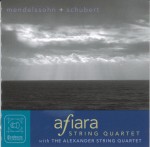 Mendelssohn - Schubert
Mendelssohn - Schubert

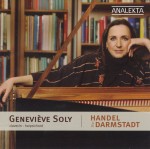
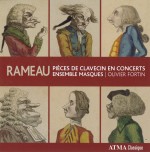
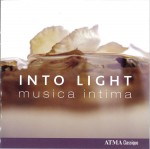

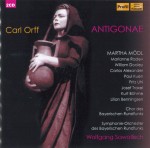
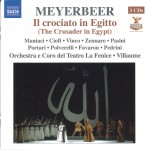
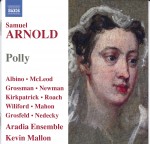

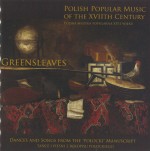
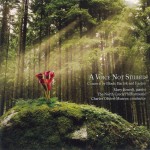
 Excerpted from Lois Marshall: A Biography by James Neufeld.
Excerpted from Lois Marshall: A Biography by James Neufeld.

